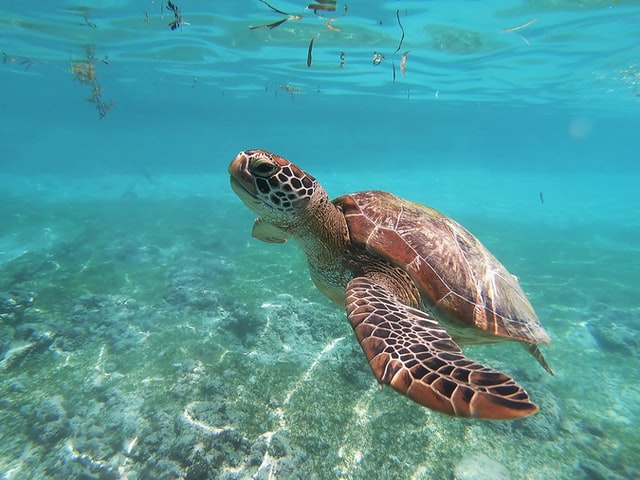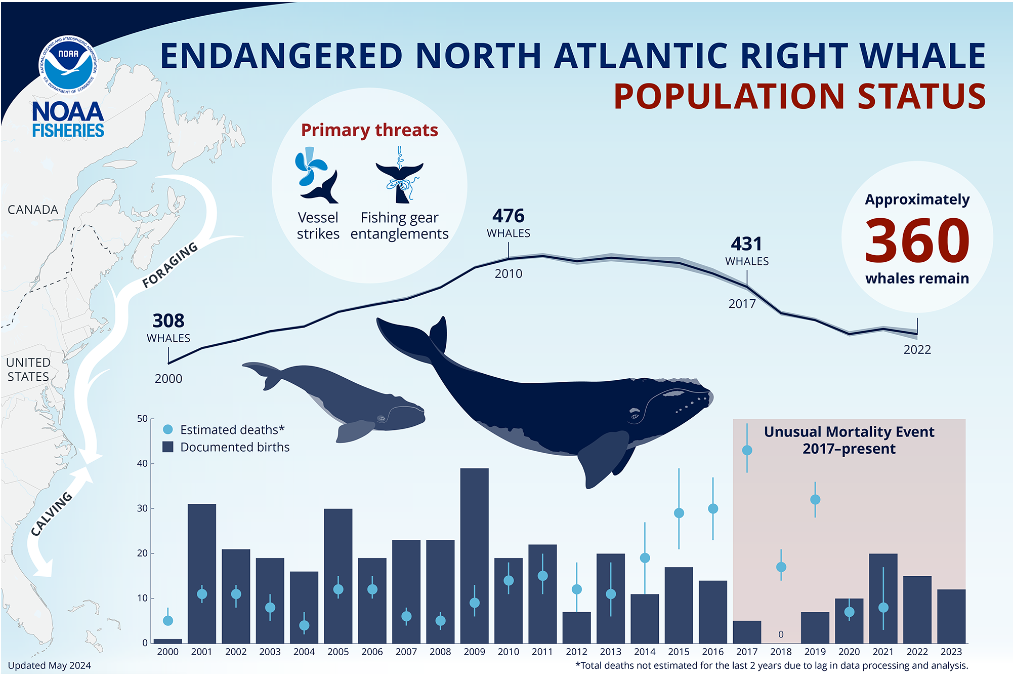“The U.S. Army Corps of Engineers remains dedicated to protect all species that we may encounter. We will continue to seek new technologies and improved methods to ensure we keep that promise. We remain open to ideas from others to make these improvements.” – General Jason E. Kelly
“We seek to follow the science as we fulfill our mission of harbor maintenance. But we never turn our back on our legal and moral obligations of caring for the environment.” – Colonel Joseph R. Geary
 In an effort to balance the Corps’ requirements to keep harbors open and protect Threatened and Endangered Species, the USACE worked to revolutionize and streamline the way we do Endangered Species Act (ESA) compliance for dredging and beach nourishment projects in the southeast. The Corps’ South Atlantic Division, in consultation with the National Marine Fisheries Service and in partnership with the Bureau of Ocean Energy Management, completed over 10 years of work to finalize the SARBO in March of 2020.
In an effort to balance the Corps’ requirements to keep harbors open and protect Threatened and Endangered Species, the USACE worked to revolutionize and streamline the way we do Endangered Species Act (ESA) compliance for dredging and beach nourishment projects in the southeast. The Corps’ South Atlantic Division, in consultation with the National Marine Fisheries Service and in partnership with the Bureau of Ocean Energy Management, completed over 10 years of work to finalize the SARBO in March of 2020.
The 2020 SARBO is a programmatic Biological Opinion that covers a large geographical area and an increased scope of species throughout the geographic boundary. Active processes have been built into the Opinion that requires pre and post construction reporting, pre and post project reviews, take analyses, and annual program reviews to ensure the project design criteria are protective of the species.
This is the first update since the 1997 SARBO. It covers additional activities, 24 ESA-listed species, and critical habitat for 7 ESA-listed species, most of which were not previously covered under the 1997 SARBO. The 2020 SARBO expands the geographic extent by adding rivers used for spawning by Atlantic and shortnose sturgeon, the entire east coast of Florida, Puerto Rico, and the Virgin Islands and provides a single consultation for all maintenance dredging and dredging for beach renourishments, which reduces the number of individual consultations for dredging for both civil works and regulatory actions and considers the cumulative effects of those actions to species and critical habitat. The 2020 SARBO allows maximum operational flexibility with less emphasis on seasonal windows and more of an emphasis on risk-based approaches for all ESA-listed species and expands coverage for species and their critical habitat that have been listed since the last version of the opinion.
The Corps closely tracks all interactions with ESA-listed species through it’s Operations and Dredging Endangered Species System (ODESS) public website. ODESS provides a platform to centralize and archive data regarding species observed or encountered from dredging activities for long-term continuity and evaluation of these data. This tool can be used to monitor regional non-lethal and lethal captures of species, referred to as “take” under the ESA. Although the overall impacts to ESA-listed species from dredging activities is relatively small, the USACE and dredging industry is committed to the continued pursuit of efforts to further reduce dredging impacts on sea turtles, sturgeon, and all species encountered. This is a dynamic site that is continually being populated and updated. ODESS can be accessed here.

Photo credit: NMFS